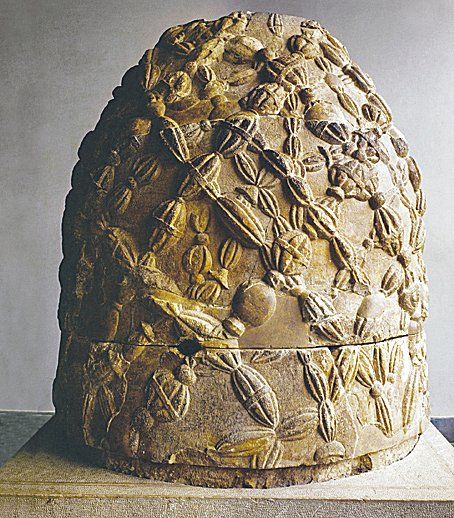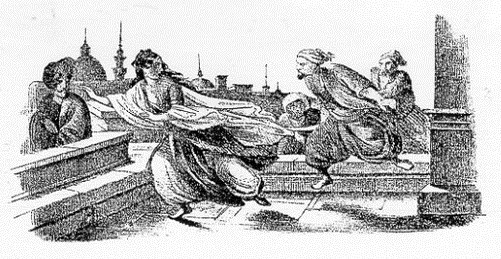The Apulian Omphalos, the Templars and the black Virgin

The Omphalos, in Greek means navel and indicates a sacred center, a place where the divine meets the ground. There are many omphalos in the world. In Italy, the tradition is linked to many symbols worked by man, like circular boulders. Often they are represented by obelisks, menhirs, wells or by the strange symbol of […]
Santa Cesarea Terme, the refuge of Hercules

#ENG #santacesareaterme #salento #Puglia #myths A village a few kilometers from Otranto, the fame of Santa cesarea Terme is linked to the sulphurous waters considered miraculous, gushing out from four natural caves: the Sulfurea, the Fetida, the Solfatara and the Gattula, recommended for treating diseases related to the respiratory tract. The origin of these waters […]